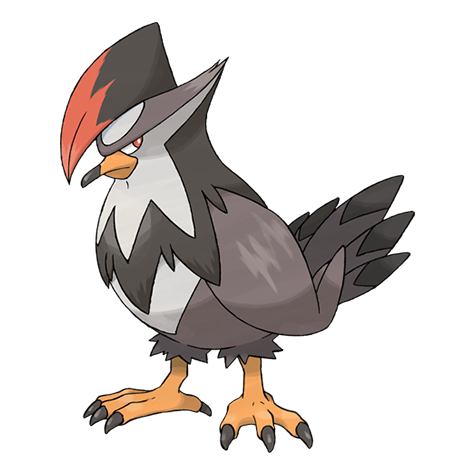I heard something to do with Nitrogen and …cow farts(?) I am really unsure of this and would like to learn more.
Answer -
4 Parts
- Ethical reason for consuming animals
- Methane produced by cows are a harmful greenhouse gas which is contributing to our current climate crisis
- Health Reasons - there is convincing evidence that processed meats cause cancer
- it takes a lot more calories of plant food to produce the calories we would consume from the meat.
Details about the answers are in the comments


Thank you for quoting the relevant part.
But I think you are interpreting this wrong. This doesn’t say that 80% of soybeans are pressed into oil at all. It says that 80% are processed into soybean meal (which gets fed to animals) and oil (which are mostly for human consumption). And with the data from ourworldindata it means that around 80%-13.2%=66.8% (very roughly) of soybeans are processed into soybean meals which is also very similar to the data ourworldindata provides:
Emphasize mine.
oh I see where you made a mistake. you didn’t account for the 4% at the bottom of the chart. and you don’t seem to understand that soy meal is the by-product of pressing soybeans for oil. That’s soybean is only about 20% oil. In order for 17% of all end uses of soybeans to be oil about 85% of all soybeans must be pressed for oil The byproduct of that process produces soy meal that soy meal makes up about 69% of the weight of the entire soybean crop. that by-product is what is fed to animals.
How do you come to this conclusion? The data on ourworldindata is showing “the allocation of global soy production to its end uses by weight”. Which means the “Oil (13.2%)” is the percentage of the total weight of the global soy production that is processed into oil.
Of what chart?
https://en.wikipedia.org/wiki/Press_cake
the ourworldindata chart has another 4% of oil at the bottom. and i couldn’t have laid the math out any more clearly, so if you want to believe something that’s not true, go for it.
I have seen your math but your math doesn’t make any sense since you are doing your math on the wrong assumptions. You assume that the ourworldindata chart shows that at the end 17% of the weight of the global soy productions ends up as oil but that’s not what this chart is showing.
What it’s actually showing is that for example if we produced 100kg of soy globally 13.2kg of of that produced soy is used to make oil. Which means that the actual weight of the oil is 2.64kg in this example (assuming it is correct that soybeans are 20% oil, and we extract it perfectly)
Are you talking about the Industry percentage? That’s not oil. But even so your math is still wrong as I’ve demonstrated in my example above.
If we take 7% of all soy out because it’s fed directly to animals, and another 6.9% is eaten, but not as oil, and 20% of each of the remaining beans are made of oil, we find 17.22% is the maximum amount of oil we could get if all the soy beans not fed to animals or eaten by people are pressed for oil.
It turns out that the chart shows 13.2% is oil for humans to eat, and 4.0% is used industrially (and these are all oil uses), totaling 17.2%,then basically all soy not eaten directly by animals or as various human foods is pressed for oil.
source https://ourworldindata.org/uploads/2021/02/Global-soy-production-to-end-use.png
what kind of lubricant can you get out of a soybean that isn’t soybean oil? you don’t seem to want to believe the truth when it’s been explained as clearly as its possible.
soybean meal is the byproduct of pressing soybeans for oil. you can’t press soybeans for oil without getting the byproduct.